

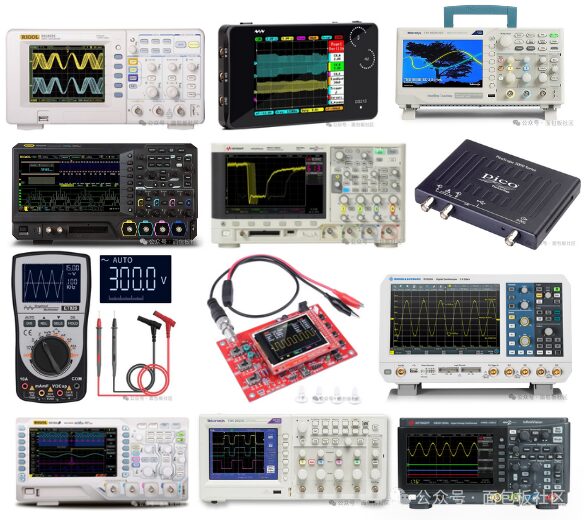
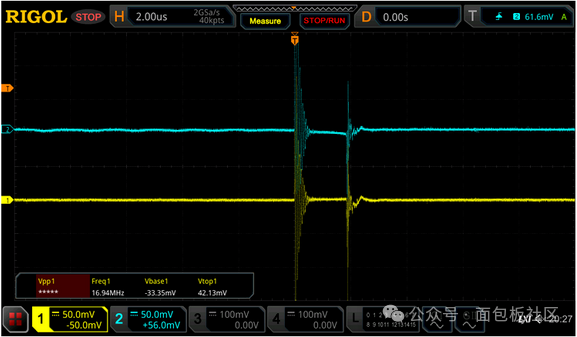
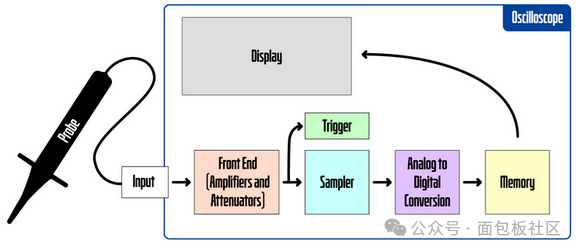
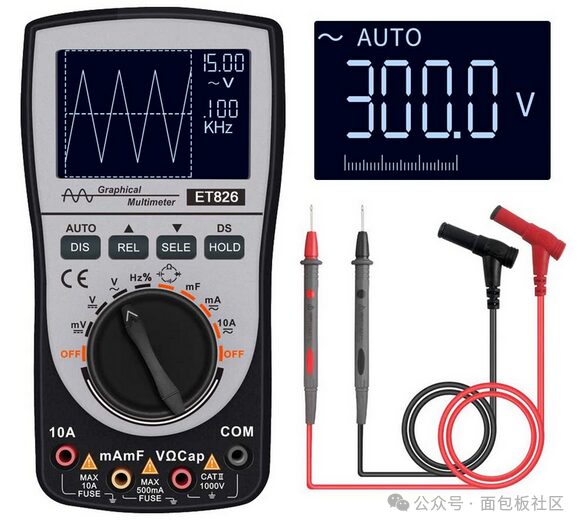
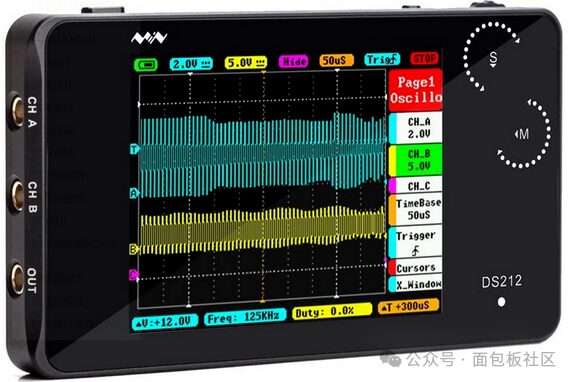

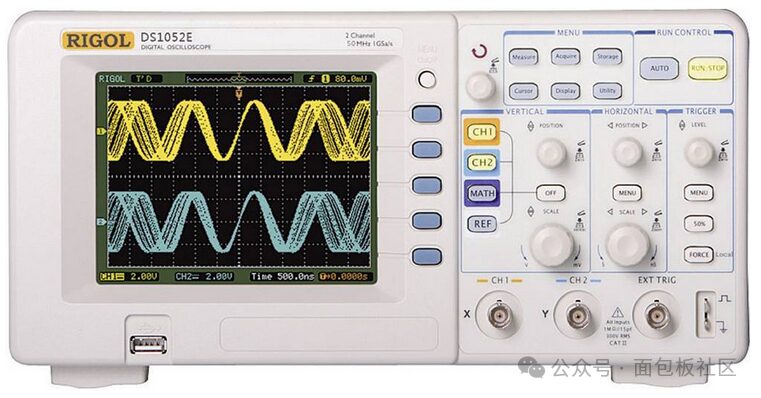

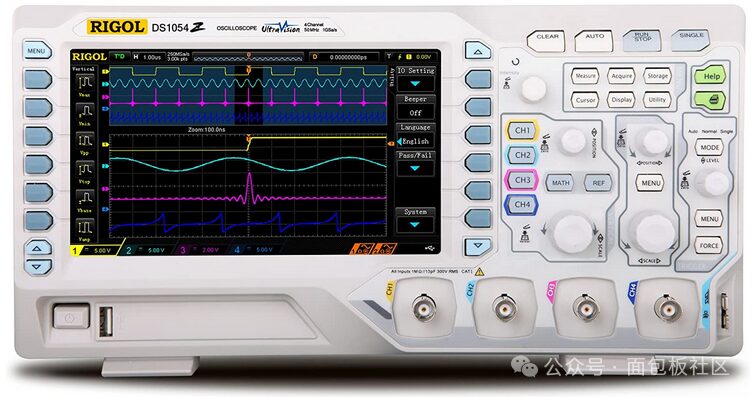
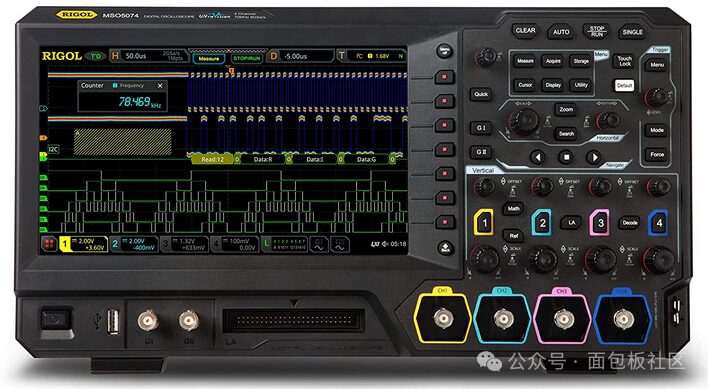
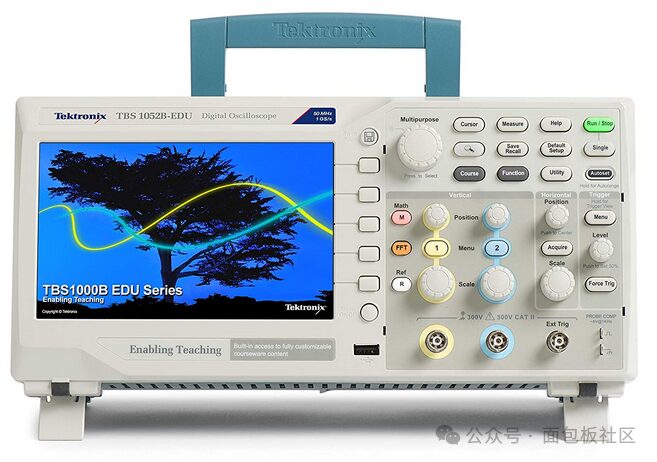
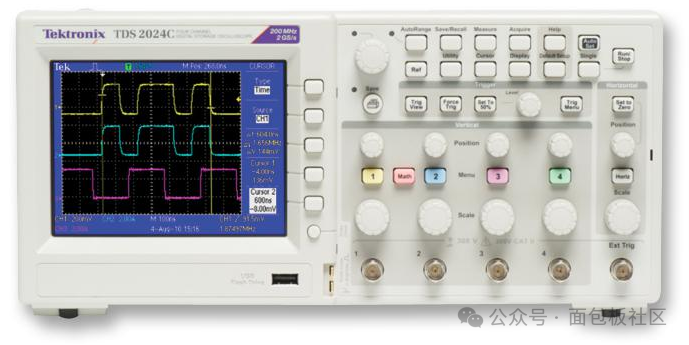
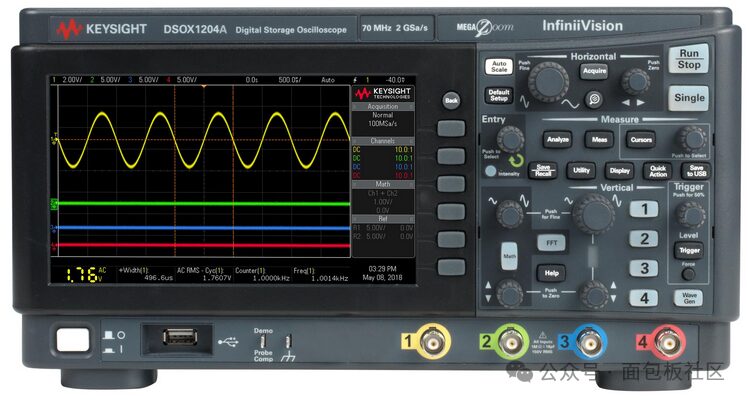
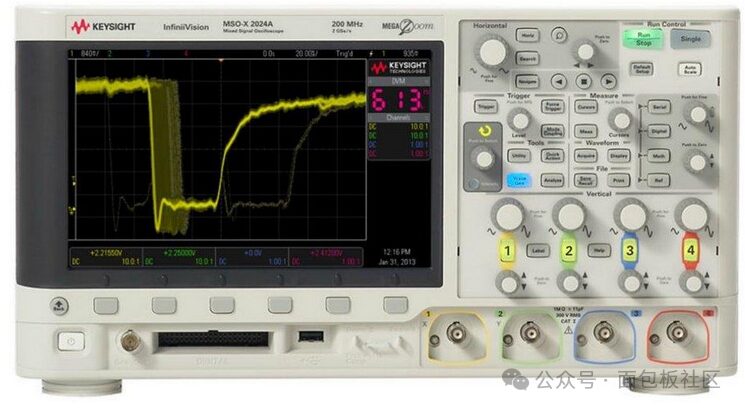
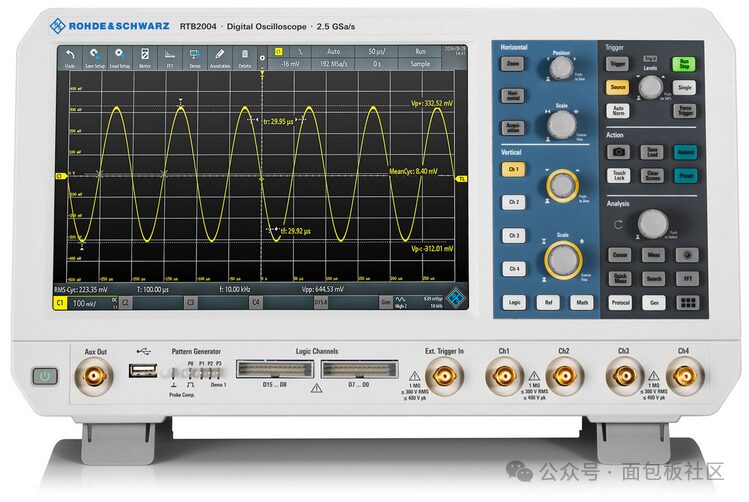
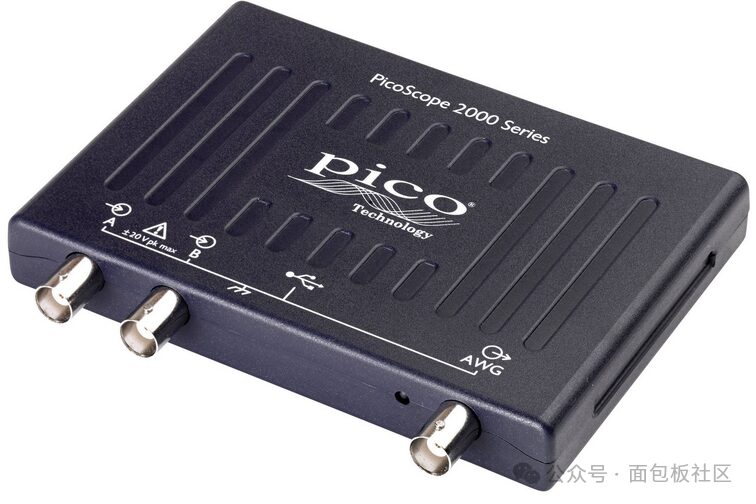


Circuit Atlas
Common Analog Circuits | Operational Amplifier Circuits | Protection Circuits | EMC Standard Circuits | Power Supply Circuit Collection | Practical Control Circuits | Microcontroller Application Circuits | Waveform Generation Circuits | Automotive Circuit Diagram Collection | 555 Circuits | Small Appliance Circuits | 9 Major Basic Module Circuits | Schematic Abbreviations | Circuit Symbols
Getting Started Basics
Basic Circuitry | Digital Circuits | Oscilloscope Basics | Multimeter Usage | Signal Integrity | Ground Knowledge | Embedded Basics | STM32 Knowledge Summary | C Language Key Points
Components
Resistors | Capacitors | Inductors | Diodes | Transistors | TVS | Thyristors | MOSFETs |IGBTs | Sensors | Relays | Component Equivalent Circuits| Complete Guide to Component Selection | Component Failures
Join the Community
If you want to join an electronics industry-related community, you can scan the QR code to add our community operation colleagues. Please note your group joining requirements and keywords. (Keywords refer to target technical fields)
